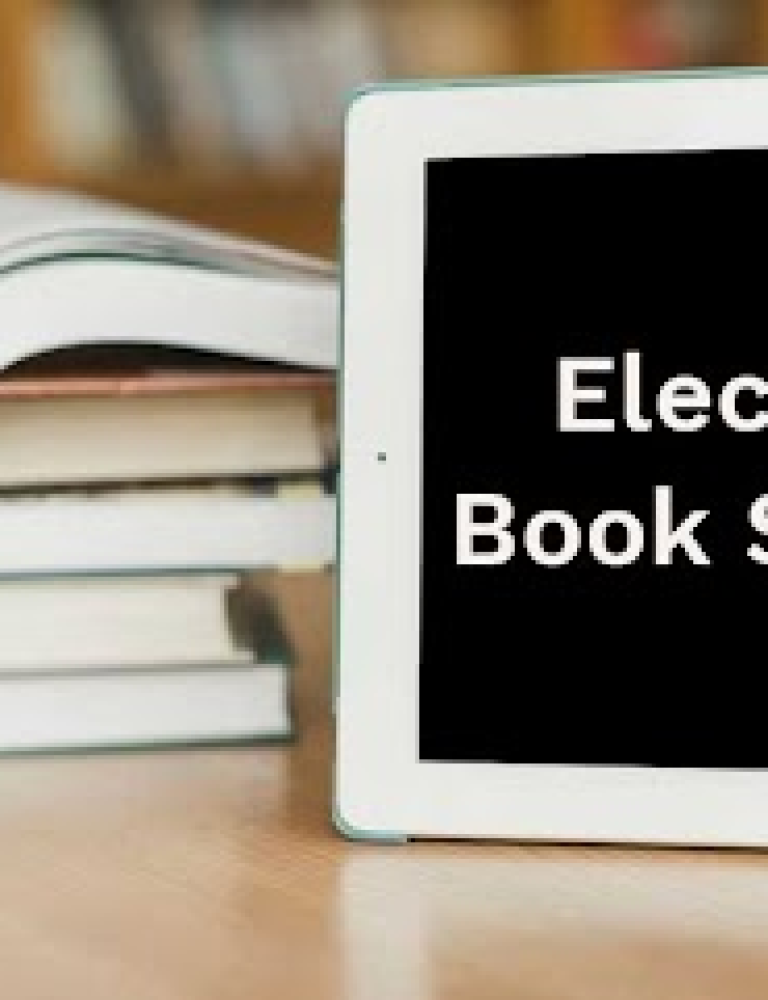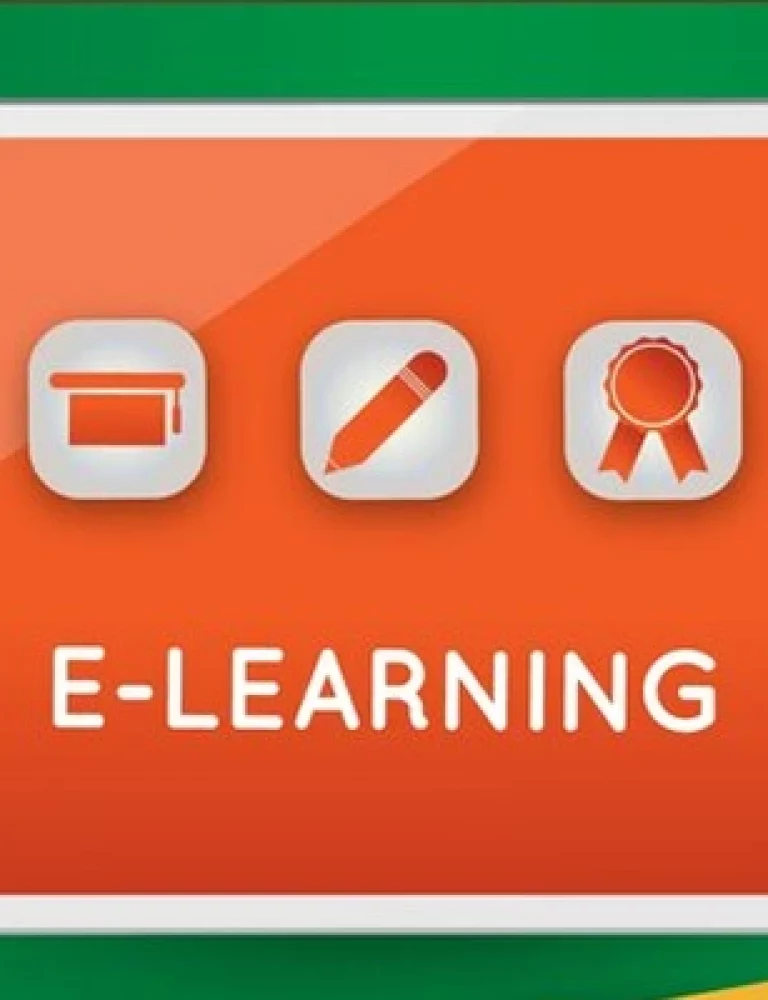The medium of higher education textbook consumption has shifted from physical books to digital devices. This shift demanded an immediate change in the publishing process. Although Higher Education Textbook publishers are adapting to this growing need for eBooks, they are still facing challenges in terms of designing an engaging e-textbook.
Merely transferring the content from a paper to a digital document does not conform as a well-designed e-textbook. There are certain elements which must be included in higher education textbooks in order to make them engaging and relevant for the students. We have put together a checklist for publishers to refer while publishing higher education textbooks, in digital formats.
Here’s a checklist for ePublishing higher education textbooks:
1. Choose the Right Layout
Layout is an important criterion that determines the visual appeal of a book. With regular access to online content, students can easily lose interest if not provided with quality content and good reading experience. In digital publishing, we have two types of layouts – reflowable and fixed. Publishers must decide the right layout for the eBook depending upon the content type.
If the book has a lot of text, then you must go for a reflowable layout as it allows ease of reading, with contents automatically adjusting to the screen size. If there are a lot of diagrams and images in the textbook, it would be better to opt for a fixed layout. Having the right layout can really enhance the reading experience for students.
2. Keep the Formatting Simple
The pages must be non-cluttered and neat. Students must be able to find what they are looking for without having to spend a lot of time zooming and panning the page. An easy-to-locate menu and simple color palette with non-fussy design is what usually appeals to the eye, especially in case of digital textbooks that are accessed on small screen devices.
3. Ensure Ease of Navigation
An eBook is popular for various reasons, one of them is convenience. It is easy to carry around and read anywhere. Similarly, the functions of the eBook must also be convenient and easy to use. The design and layout of the eBook should be such that students have no difficulty traversing through different pages and links. The pages must be zoomable, so that while selecting links or copying texts students do not end up with a fat finger error by selecting an unintended link/text.
It should also have a quick load time. You know how people get easily frustrated when their internet speed is slow. These same people are now going to use your eBooks. So, ensure that your eBook’s page loading speed is up to the mark, lest they go for your competitor’s eBook because their load time is less.
4. Select the Right Cover Page Thumbnail
Cover page works as a customer attraction tool. Creating a visually attractive cover page will compel students to at least have a look at your e-textbook among all the other textbooks. An e-textbook doesn’t necessarily have to be very colorful or full of graphics. You must ensure that the cover image is relevant to the course subject.
And since we are talking about e-textbooks that will be displayed on eStores and viewed on mobile/tablet screens, the image will obviously be tiny in size. So, you should ensure that this thumbnail image is as clear as it can get, with graphics and texts clearly readable. Different eStores have different size requirements, so it’s better to keep a few commonly used sizes ready at hand.
5. Ensure Content Relevancy
Publishers are now competing with many other digital publishers. With multiple players in the same business, it becomes essential to create something that is unique and which enhances user experience. In this case, students’ learning experience largely depends on the way content is presented and consumed. As they are not new to digital content, they can probably tell at a glance if an e-textbook is worth investing in.
The content that different publishers include in higher education textbooks would be more or less similar across different publications. So, you need to provide something more impressive so that students prefer your eBooks over others. For example, if a chapter speaks about atoms, you can include relevant explanations that suit the learning capabilities of a student of a particular grade, along with hyperlinks to redirect them to additional learning resources.
Related: Top Trends Higher Education Textbook Publishers Must Follow
6. Include Interactive Elements
As a digital publisher, you can add pages after pages explaining a concept, along with external hyperlinks, but what makes an eBook stand out is the additional features and graphics. Graphics are what keeps the reader intrigued and engaged. Take a mobile phone, for example, we buy smartphones based on its features and specifications. Similarly, an eBook with interactive features facilitates more engagement between the student and the course material. Higher education textbook publishers must ensure that there are multimedia elements included in the higher education textbooks.
Audio files enable students to listen to the course content while multitasking and videos are known to keep the users engaged. Other elements like SlideShare, assessments, gamification, etc., provide a range of interactive elements for students to engage with. All these features help in bringing the e-textbook alive and make it engaging for students.
Related: 9 Benefits of Interactive eBooks
7. Add Assessments
In order to prepare students for the impending class tests and examinations, publishers should include online assessments. These assessments are usually added in between the chapters or after the chapter or both. The idea behind including recurring assessments is for students to test their knowledge before proceeding to the next topic.
Online assessments often include simple drag and drop questions, but also includes labelling, brief answers, quizzes, MCQs etc. You can set it up in such a way that the answers are sent directly to the teacher for evaluation. This ensures immediate feedback from the teacher, helping the students to identify their mistakes, if any, and better understand where they stand in class.
8. Provide 24x7 Reading Facility
Offline reading should also be made available for students, enabling them to download the chapters and read offline. An eBook that only works on internet connection could sometimes give trouble when the internet is down or slow.
To avoid this issue, it would be better if publishers include 24×7 reading feature. This feature will allow students to access the content anytime and anywhere, even in the absence of an internet connection.
9. Set an Affordable Price
Now comes one of the most difficult part. Students started moving towards eBooks in the first place due to the rising costs of printed textbooks. Publishers face certain challenges in terms of the COGS (Cost of Goods Sold) for printed textbooks should be less than 20% of the retail price. This sometimes leads to unaffordable pricing for students.
So, they resort to other affordable options like used textbooks, and rental textbooks. So, if the digital version of the higher education textbooks is priced high, students probably may not purchase it. Although publishers could do well by providing digital textbooks on subscription basis.
This will allow students to rent e-textbooks for a limited time and then renew the subscription later, if needed. Publishers benefit by having students renew their subscription every few months or on a yearly basis. This way you can bundle up some eBooks and offer them at incentivized rates, keeping your consumer base strong.
Whitepaper:
Can the US Higher Education Publishing Industry Leverage A Subscription Model
10. Select the Right Distribution Channels
Once the higher education textbooks have been published, how are you going to distribute it? You can either sell your e-textbooks on already existing eStores or set up your own eStore.
Again, you can either decide to sell it as a one-time sale, or rent it for a limited time period, where students pay only for a limited time and can come back and rent again. Renting or subscription based models are far more beneficial for students as well as publishers.
These are some of the important things that a digital publisher must take into consideration while publishing a higher education textbook. Remember that you are creating the higher education textbook for a bunch of digital natives who are well versed with technology and its numerous benefits.
So, it is imperative that you provide them with a compelling e-textbook to keep them engaged in the course.
Related: Are etextbooks More Affordable Than Textbooks
Related: How to Create Digital Textbooks in 5 Easy Steps
Related: Are Digital Textbooks More Effective for K-12 Curriculum
DISCOVER HOW AN INTERACTIVE EBOOK PUBLISHING PLATFORM CAN HELP YOU
Kitaboo is a cloud-based content platform to create-publish-distribute interactive mobile-ready ebooks.
You May Also Like
-
-
Elevating Education with Electronic Book Software
Blog,Digital Publishing,eBook solution / January 10, 2024







